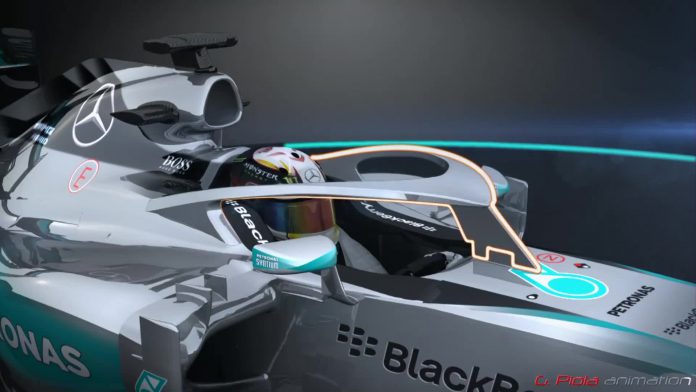A new Formula 1 qualifying format has been unanimously approved by the F1 Commission during a recent meeting in Geneva. The new style retains the 3-stage manner of qualifying, that is Q1, Q2 and Q3 but with different formats in each stage.
This new proposition will be evaluated and thereafter put into a vote by FIA’s World Motor Sport Council next week. If the format gets a pass, we could see it take effect in Melbourne during the first race of the year – Australian GP.
Proposed F1 Qualifying Format
Q1
– 16 minutes
– After 7 minutes, slowest driver eliminated
– Slowest driver eliminated every 1 minute 30 seconds thereafter until the chequered flag
– 7 drivers eliminated, 15 progress to Q2
Q2
– 15 minutes
– After 6 minutes, slowest driver eliminated
– Slowest driver eliminated every 1 minute 30 seconds thereafter until the chequered flag
– 7 drivers eliminated, 8 progress to Q3
Q3
– 14 minutes
– After 5 minutes, slowest driver eliminated
– Slowest driver eliminated every 1 minute 30 seconds thereafter until the chequered flag
– 2 drivers left in final 1 minute 30 seconds
In each of the three sessions, the final elimination will take place at the chequered flag as opposed to when the time is up.
2017 F1 Changes: Faster Cars and Cockpit Protection
A new statement by the FIA confirms that there will be faster and louder cars in the 2017 season. Cars will now be wider in order to increase downforce and thereby increasing speeds. It’s estimated that once the rules take effect, the new cars will be up to 3 seconds faster than current cars per lap.
Front tire width will be increased from 245 mm to 350 mm while the rear tire will be widened from 325 mm to 405 mm. The front wing span will be increased from 1650 mm to 1800 mm while the bodywork will be increased from 1400 mm to 1600 mm.
See Also: 2016 F1 Cars
Changes to the power units will include an increase in noise and will focus on the cost of supply, obligation to supply, performance convergence as well as the noise.
Cockpit Protection Coming in 2017
The idea of introducing a cockpit in Formula 1 has been there for a while and has increased momentum during the past few months. FIA plans to adopt and work on Mercedes’ Halo cockpit concept, demonstrated back in August 2015. The cockpit serves as a shield to the driver in the instance of flying debris from a crash or accident ahead.
A statement by the FIA said, “All stakeholders are working together to make this a reality, with the “Halo” concept currently the preferred option. Other options, such as transparent cockpit protection, will continue to be evaluated.”
Driver of the Day Award
The FIA confirmed a new award dubbed “Driver of the Day” which will be introduced in the 2017 season. The award will be given to the most outstanding driver from each race, voted for by the fans and viewers via an online poll system. The driver will be announced through the race broadcast and thereafter presented with their prize on the podium.



























